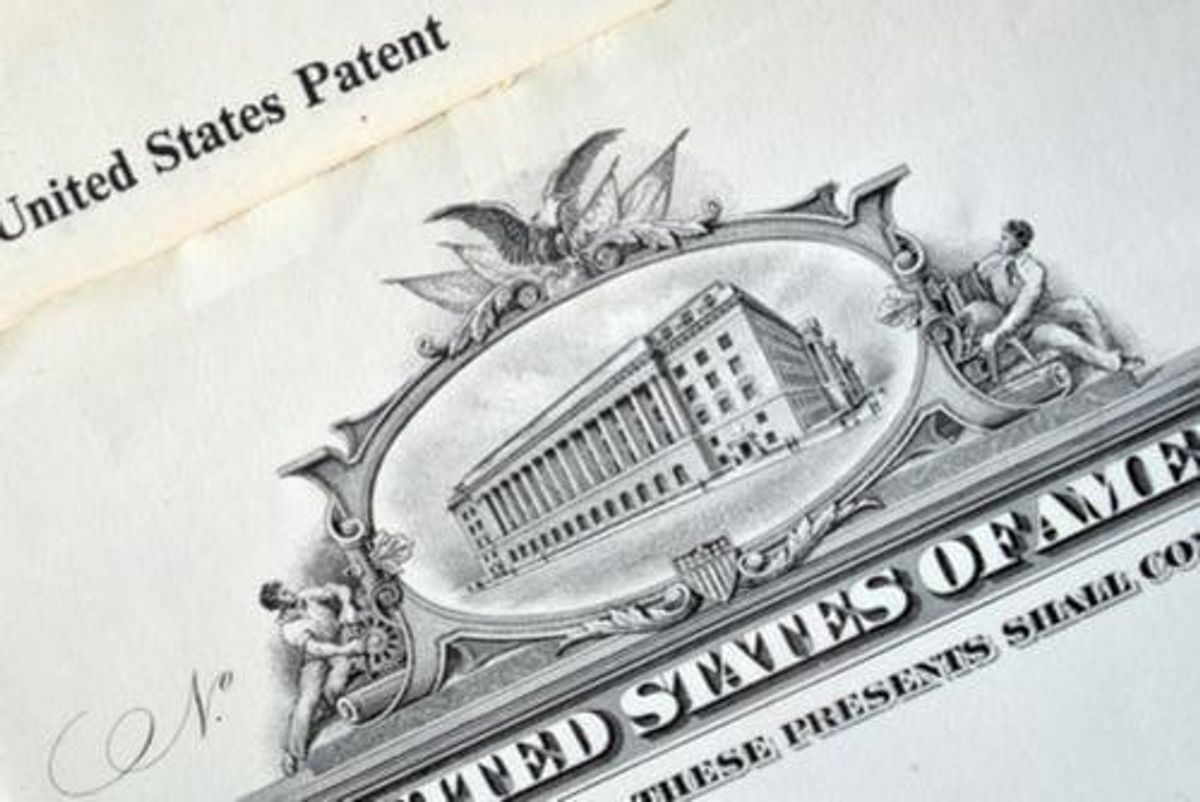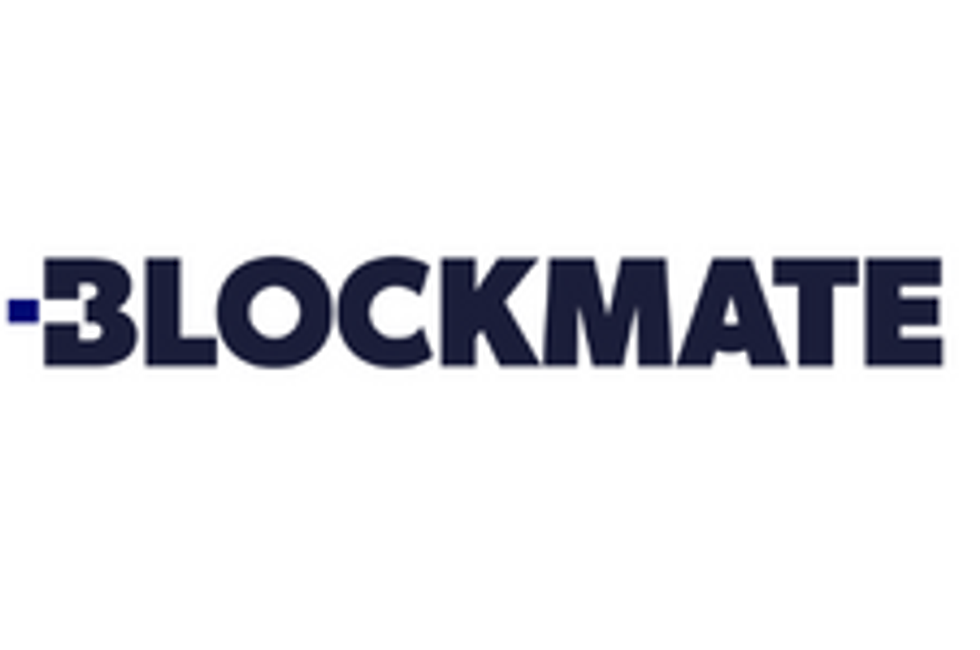
On Tuesday, the US Patent and Trademark Office revealed that IBM’s patent application for a blockchain solution to detect data breaches has been approved.
IBM (NYSE:IBM) can add another US patent notch to its belt.
On Tuesday (October 2), it was revealed by the US Patent and Trademark Office (USPTO) that the tech giant had been granted a patent for a blockchain solution to detect security breaches in a network.
The documents, which were first filed last September, state that breaches are detectable with its blockchain technology by connecting multiple monitors in a chain configuration in a shared log.
Through this process, the patent application says this with a number of backup with the same information, this process will prevent hacks from occurring and ensure those events are logged.
“On a computer system or network, data may be monitored for many different purposes,” IBM explains. “Data monitoring may identify problems, observe conditions or track metrics by logging the events of a given computer system or network.”
The patent goes on to detail that securing data with monitor security can range from low security to high security with varying hardware and software configurations. While lower security can allow access to the vent logs, higher security has a better chance of protecting access to those event logs.
“Protecting the network from people gaining read and write access to an event log may create a more secure computing environment that may protect the network from outside threats,” the document reads.
IBM explains that having synchronized monitors set up through a blockchain configuration “ensures consensus among the monitors.” Because one monitor can’t change the event log or alter a future event log, if one monitor is hacked then there is no consistency amongst the monitors. As a result of this, an event may not get logged.
“More monitors combined with blockchain immutability may create a less vulnerable network,” IBM says. “Monitor consensus in a blockchained network environment may provide more security since the monitors must validate the events with all other monitors before the event may be written into the event log.”
Unsurprisingly, IBM is near the top of the list in terms of blockchain patents filed globally. According to research from IPR Daily called” 2018 Global Blockchain Patent Enterprise Ranking,” the tech giant is second in blockchain patents filed at 89. Chinese company Alibaba (NYSE:BABA) leads with 90 patents filed.
Don’t forget to follow us @INN_Technology for real-time news updates!
Securities Disclosure: I, Jocelyn Aspa, hold no direct investment interest in any company mentioned in this article.


